Top 5 Tools Every Appliance Technician Carries
Essential Tools for Your Home
Whether you're an amateur DIYer or a seasoned one, everyone needs a handy toolbox to deal with any issues around the home. However, you might be wondering where to start or what extra items you can add to your collection to ensure you're ready to whip them out if you ever need them. We've prepared this awesome tool guide alongside our expert repair tech, Chris, to help you stack your toolbox with the best tools for your needs. Chris is a pro and these first five tools are great for anyone who already has a basic tool collection and is wondering how they can up their game with some slightly more advanced equipment. Once you're done with filling up your toolbox, you can head over to our repair guides to see how to use some of these tools on your appliances should you ever need to.
Voltage Tester
A voltage tester does precisely what it says – it tests the voltage. More specifically, a voltage tester allows you to check whether there is an electrical current flowing through items such as a battery, outlet, light switch, or circuits. It's great for determining if there is a power supply issue in the appliance you are testing. It is also a great safety feature that can allow you to check whether it is safe to begin working on an appliance that typically has an electrical charge.
If you're considering purchasing a voltage tester, you can buy a contact or a non-contact one. Non-contact voltage testers are also known as contactless voltage testers. They have a small built-in sensor that senses the presence of electricity. You must lightly place the sensor against the circuit or outlet you are trying to test. It will light up or sound if there is an electrical current.
A contact voltage tester, otherwise known as the voltage tester, works slightly differently and requires more caution. You will need to take one probe on the tester and make contact with the wire or outlet you are trying to test. Then, place the other probe on a ground contact. You should be careful because if you come into contact with the probes while you're testing, you will be shocked if an electrical current is present.
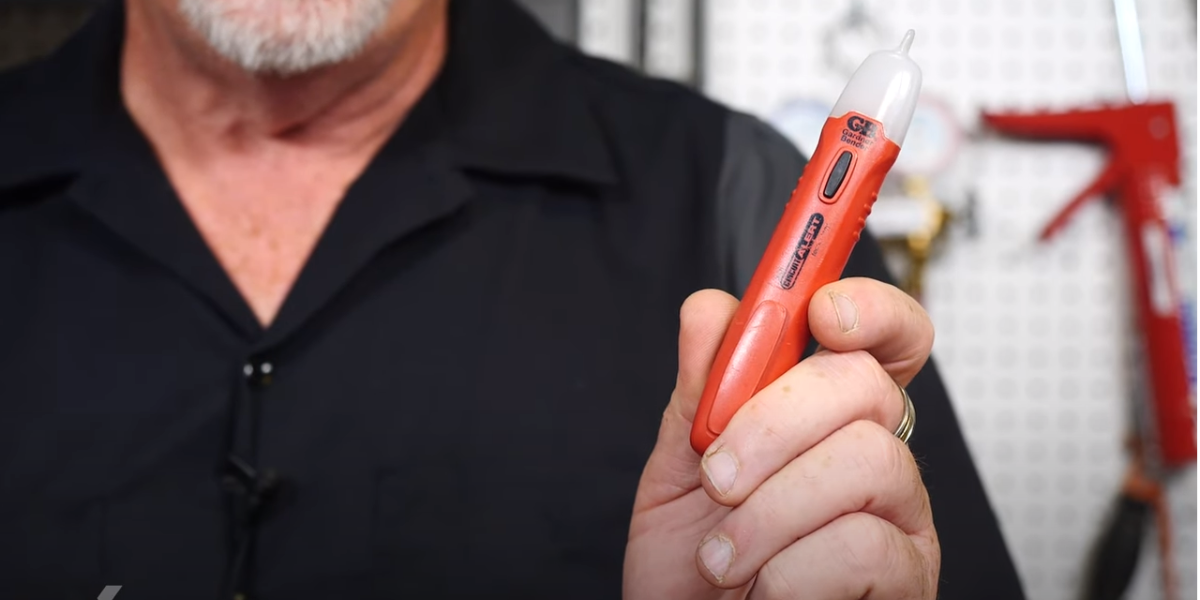
Clamp-on Amp Probe
A clamp-on amp probe is another efficient tool for measuring electrical current. It allows you to check voltage, and it also allows you to perform continuity testing. Continuity testing will allow you to check whether a circuit is open or closed, if a fuse is blown or if the switches are working. The clamp-on amp probe is also different in that you simply clamp it around the wire you want to test to get a reading. You do not have to disconnect any cables or worry about probes. Your amp will allow you to see how much energy your appliance is pulling, either by component or the entire appliance. The faster you can find out if you are experiencing any electrical issues, the quicker you can repair your appliances.
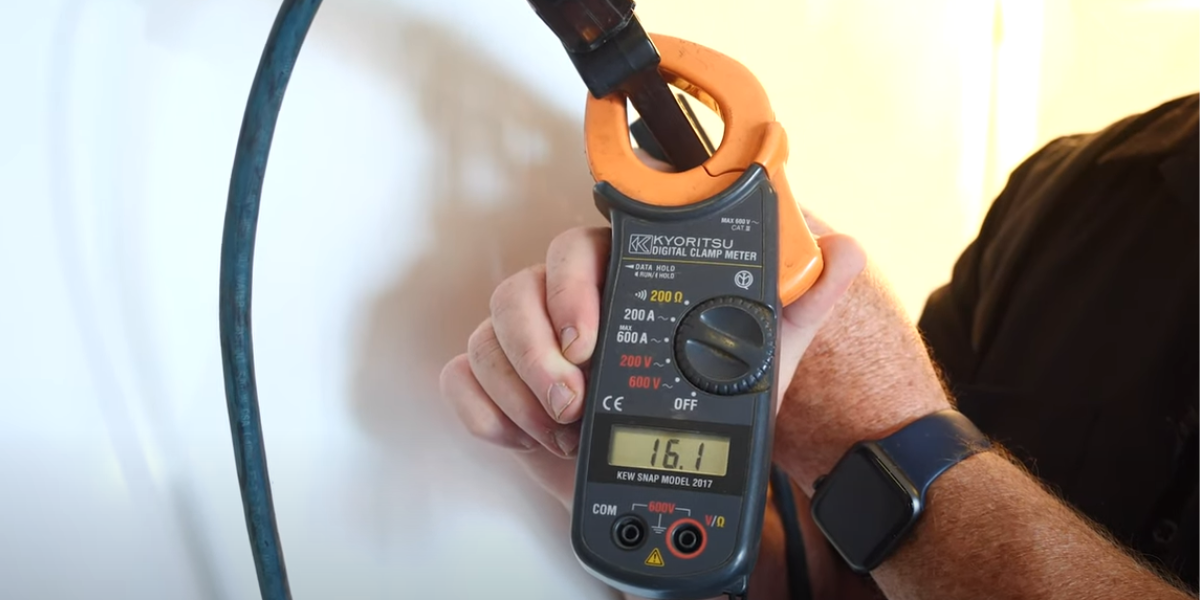
Hose Clamp Pliers
Hose clamp pliers are unique because they have two holes at the top. They allow you to easily grip specific kinds of clamps and get them out of the way when you are working. They are especially useful when working in hard-to-reach areas that make gripping difficult. A good example is the clamps on the hoses in your washing machine and your car engine. The clamps are great for preventing leaks and keeping these secure; however, they can be pretty tricky to remove.
Hose clamp pliers are unique because they have two holes at the top. They allow you to easily grip specific kinds of clamps and get them out of the way when you are working. They are especially useful when working in hard-to-reach areas that make gripping difficult. A good example is the clamps on the hoses in your washing machine and your car engine. The clamps are great for preventing leaks and keeping these secure; however, they can be pretty tricky to remove.
You can customize your hose clamp pliers. One helpful feature to look out for when purchasing a pair of hose clamp pliers is getting a rotating tip that allows you to grab onto those clamps that may be in an awkward position. Another feature is having a locking mechanism on the pliers so that you can leave the pliers clamped down while you work on something else. And finally, make sure that you get a non-slip handle so that your pliers don't come flying out of your hands when you are working.
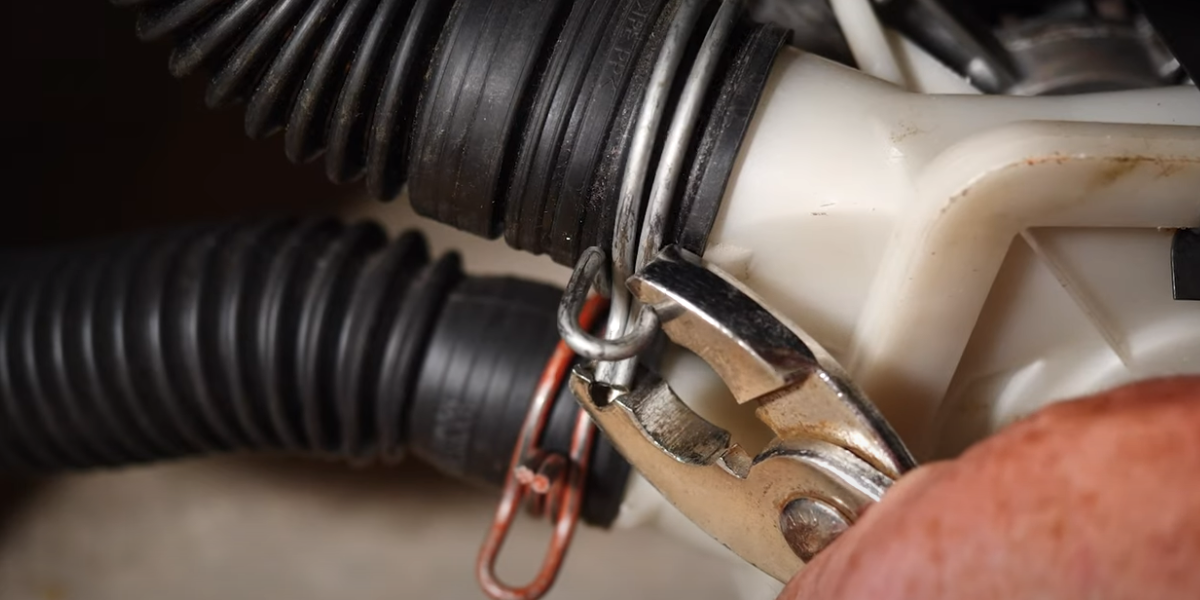
Temperature Tester
Temperature testers are great for any appliance that cools or heats, such as your oven, refrigerator/freezer, air conditioners, and dryer exhaust vents. A temperature tester will inform you that there may be a malfunctioning part in your appliance if the reading exceeds what the minimum or maximum temperatures are supposed to be while the appliance is in use. The tester is especially useful if, for example, your fridge feels cold, but your food is not, or if the oven is working but is not heating up to your desired temperature.
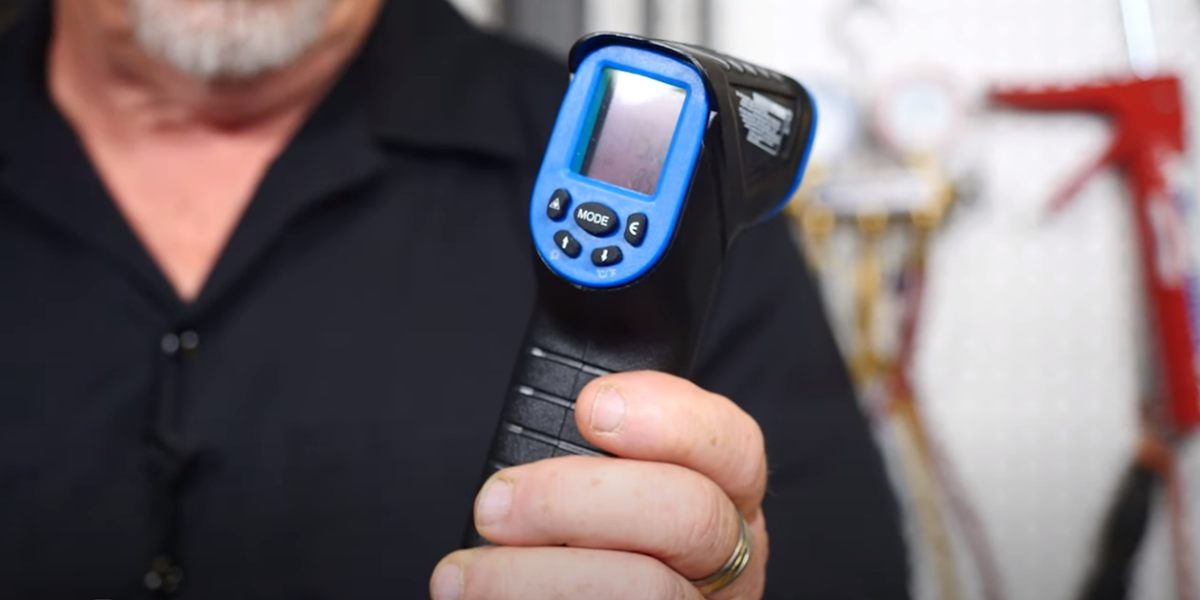
Short Hammer
"They may be small, but they're mighty" – wise words from our appliance technician, Chris.
Short hammers are perfect for working in small or hard-to-reach places. These little guys pack a punch at your intended target without swinging around and potentially packing a punch in the wrong place. We recommend that you get yourself one!
Another useful hammer you may consider adding to your collection is a claw hammer. This is the most common kind of hammer. It's great for hammering in nails, and the claw helps you to pull out nails. Keep in mind that a heavier head and longer handle will give you more power but can be tiresome to use for a long period, and they can also be challenging to control. Also, be sure to note what material the handle is made from. If you are looking for durability, a stainless-steel handle is perfect; however, if you are looking for more comfort, then fiberglass would work best. So, choose the right length, weight, and material for your needs.

Back to the Basics
If the list above seems a bit intimidating that's only because Chris has been in the industry for so long and he needs the best tools and technology to get his work done. However, he recommends a few more basic tools that he believes are essential for every household to have, no matter your skill level!
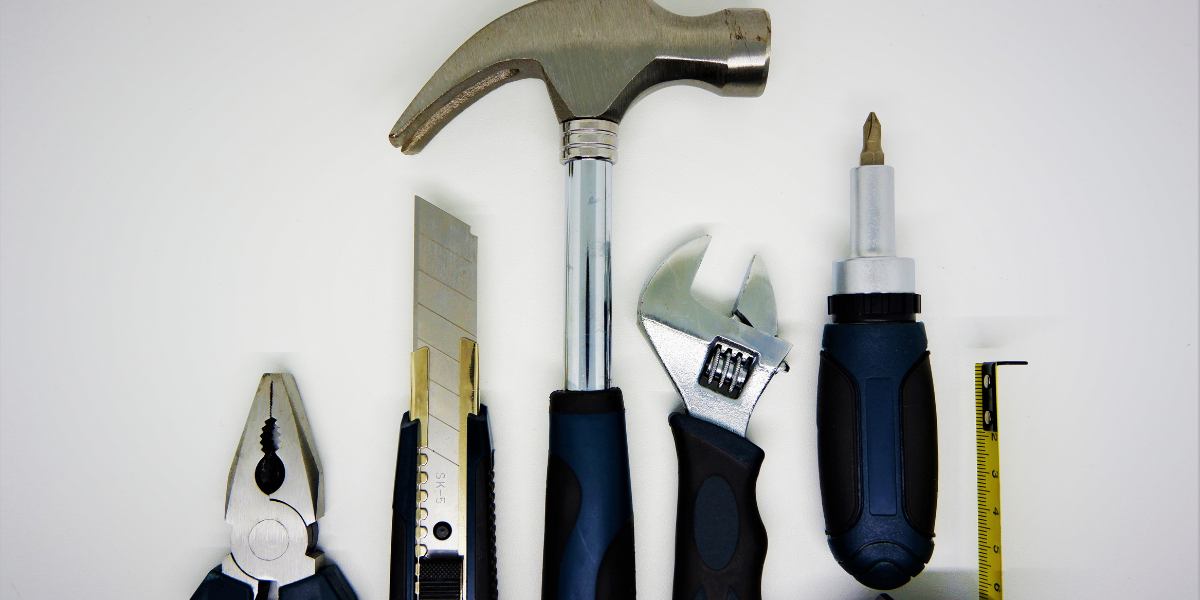
- Tape measure: you can't always use the 'eyeball' method to measure things. Whether you're looking to hang a few pictures or add a new piece of furniture to your home, a tape measure will guarantee you accurate measurements every time.
- Multi-bit screwdriver: instead of buying several different kinds of screwdrivers every time you encounter a new type of screw, buy a multi-bit model. It has an interchangeable head and several heads, so you can easily switch them out depending on your project. You can easily find these at your local hardware store.
- Step ladder: We have all hopped on a chair or stool to reach something because it was closer. But that isn't always the safest or best option for your furniture. A step ladder is a handy and inexpensive piece of equipment that is much better for balancing.
- Drywall anchor kit: You should avoid using nails or screws on drywalls and tiles. Instead, if you're looking to hang some beautiful artwork around your hose, drywall anchors are an excellent choice for mounting. They are durable, provide a strong foundation, and don't leave large holes in the hole.
- Putty knife: A putty knife is great for several uses around the home. You can use it to fill in holes in walls, scrape the residue off surfaces, remove wallpaper, and smooth any materials.
- Stud finder: This is a handy tool for helping you find beams or framing studs behind your walls. For example, you would need a stud finder if you wanted to mount your TV to the wall, as this allows you to find something firm to drill into.
- Wrench and socket set: Getting yourself a wrench and socket will allow you to efficiently secure or remove different nuts and bolts. Similar to a multi-bit screwdriver, a wrench set will come with one ratchet and separate sockets that you can easily detach and connect whenever needed.
- Cordless drill: Whether you're doing professional work or small projects around the home, a drill will save you time and labor. It's excellent for securing screws or making holes. The next time you build a piece of furniture from IKEA, you don't need to give yourself carpel tunnel by fitting in screws manually with a standard screwdriver. As a bonus, a cordless drill allows you to move easily around the house without worrying about a socket.
We hope this guide will get you started on your DIY journey or help you become even more of a pro like Chris. Remember, you don't have to wait until you need something to buy it. Get your toolbox ready now, so you can get going as soon as you have a project!
